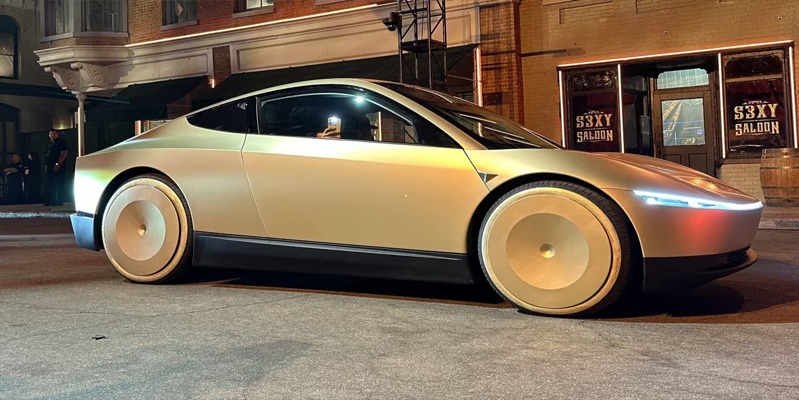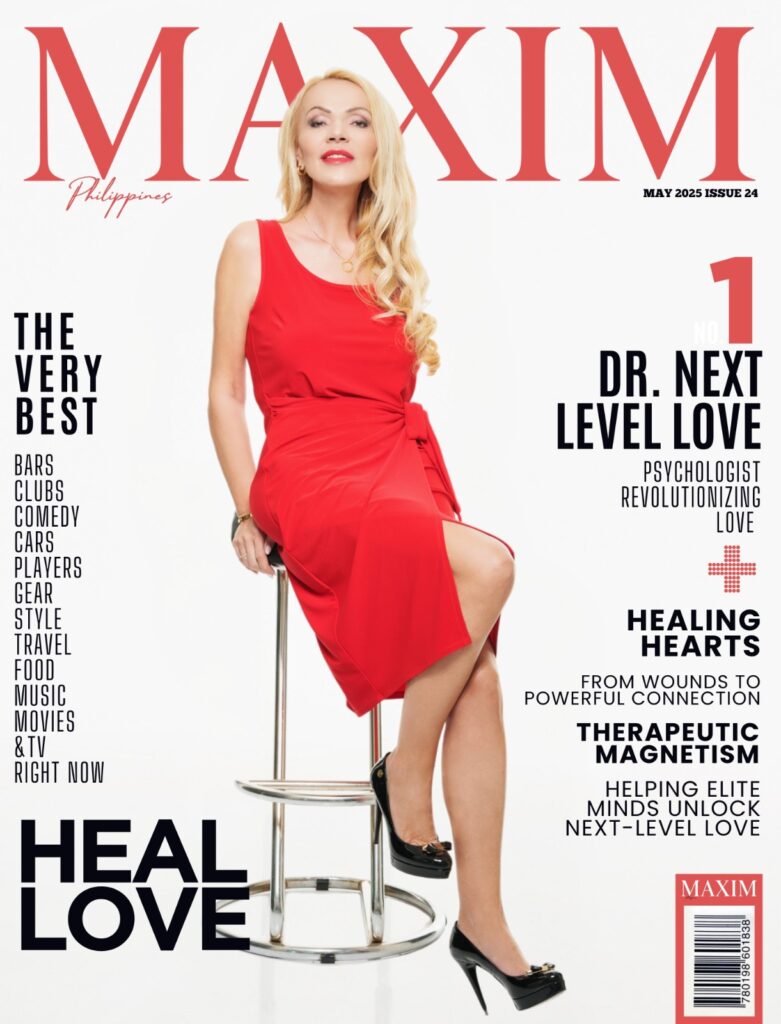On Thursday, Tesla and Space X boss Elon Musk unveiled a highly anticipated Robotaxi, signaling that the firm was moving from small, cheap cars to autonomous vehicles.
Tesla’s Robotaxi, with two gull-wing doors and no controls such as a steering wheel or pedals, was recently displayed by Musk at a prestige affair. The auto is set to be ready before the end of 2026, and it will retail at less than $30,000 and be referred to as the Cybercab.
Musk also presented a Donovan that can transport up to 20 people, but details of the future van were lacking. Cybercab and Donovan hint at how Tesla envisions the world with self-driving machinery and robotic automobiles.
Challenges to Ramp Up Robotaxi Production:
While everyone is excited about the idea of a robot axis, the timeline is still a concern among industry gurus. Musk often sets lofty but sometimes vague timelines for progress.
It offers no solid explanation of how Tesla could scale up production, address regulations, or set a viable operating model to challenge rivals like Alphabet’s Waymo. Unlike cars, experts say that deploying a safe robot axis could take as long as 5 years because of the complexities of weather conditions, pedestrians, and difficult junctions.
Nevertheless, Musk insisted on the dreams of his ambitious project: self-driving transport might be ten times safer than human-controlled cars and run five to ten times more frequently. “The future of autonomy is now,” he said, adding that autonomous driving technology will free people from spending so much time behind the wheel.
Tesla Bold Vision From Automaker to AI:
Musk’s presentation was titled “We, Robot,” which seemed to be named after Isaac Asimov’s I Robot science fiction novels. Musk again stressed that Tesla is not only an automobile manufacturing company but should be seen as a robotics-AI company.
Despite the flashy debut, the presentation was brief, lasting less than 30 minutes. Still, approximately four million people watched the event on Musk’s X (ex-Twitter) platform.
However, some investors complain about the vague timelines in the published report. I am a shareholder, and I am very disappointed. Market participants would have preferred more definitive timelines, according to Dennis Dick, an equity trader at Triple D Trading.
Musk said that operating the Cybercab would cost roughly 20 cents per mile in the long run, making charging possible wirelessly or inductively. Drivers certified as independent contractors declared that operating the robot vans would be cheaper, at a mere 5 cents per mile. In contrast to many other competitors, Tesla will be using AI plus cameras but not lidar because of technical and regulatory issues.
Tesla Expanding AI Portfolio:
In addition to the Robotaxi and Robovan, Musk also touched on the progress of Tesla’s humanoid robot Optimus. Optimus was to cost between $20000 and $30000. The robot could accomplish many daily tasks and make Tesla a firm in AI robotics.
Despite dealing with numerous large-scope strategies, Tesla is still consistently pursuing the Artificial Intelligence and Autonomous Vehicles market and changing how people live through robotic means.









